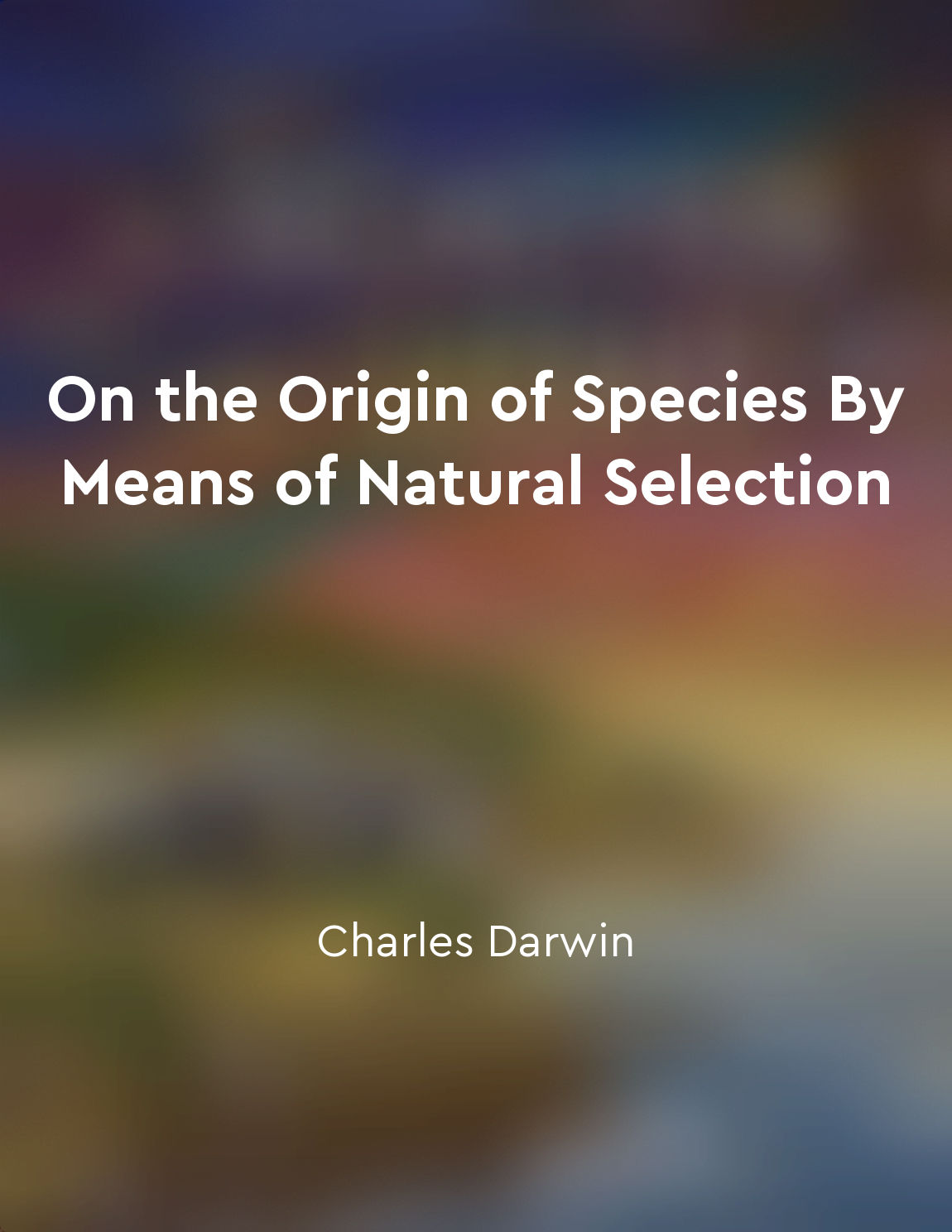Primates are our closest living relatives from "summary" of Introduction to Physical Anthropology by Robert Jurmain,Lynn Kilgore,Wenda Trevathan,Russell L. Ciochon,Eric J. Bartelink
The concept that primates are our closest living relatives is a fundamental principle in the field of physical anthropology. When we examine the biological similarities between humans and other primates, we can see that we share a common ancestor with them. One key aspect that supports this concept is the genetic evidence that demonstrates our close relationship with primates. By studying the DNA of humans and primates, scientists have found that we share a significant amount of genetic material. This genetic similarity further solidifies the notion that primates are indeed our closest living relatives. Additionally, when we look at the anatomical features of humans and primates, we can see many similarities. For example, primates and humans both have opposable thumbs, which allow for grasping objects and manipulating tools. This shared trait is a clear indication of our common evolutionary history with primates. Furthermore, behavioral studies have shown that primates exhibit complex social behaviors that are similar to those seen in humans. For instance, primates engage in cooperative hunting, grooming, and communication – behaviors that are also observed in human societies. These behavioral similarities suggest that there is a shared evolutionary heritage between humans and primates.- The concept that primates are our closest living relatives is supported by genetic, anatomical, and behavioral evidence. By examining these various aspects, we can see that humans share a common ancestor with primates and that our evolutionary history is intertwined with theirs. This concept helps us better understand our place in the natural world and sheds light on the connections that exist between all living beings.
Similar Posts
Genes can influence social dynamics
Genes play a significant role in shaping our social behaviors and interactions with others. These genetic influences can affect...
Religious institutions exploit people's fears and insecurities
Religious institutions often prey on people's fears and insecurities to gain power and control over them. By instilling a sense...

The fossil record provides evidence of human migration patterns
The study of human evolution relies heavily on the fossil record, which offers valuable insights into our ancestors' migration ...
Evolutionary theory is constantly evolving
The concept that evolutionary theory is constantly evolving is not a new one. From the moment Charles Darwin first proposed his...

Interconnectedness of ecosystems
The interconnectedness of ecosystems is a fundamental concept in understanding the natural world. Ecosystems are not isolated e...
Evolutionary psychology can explain human behavior
Evolutionary psychology offers a compelling framework for understanding human behavior. By examining the ways in which our ance...
Extinction is a natural part of the evolutionary process
Extinction poses a fundamental aspect of the evolutionary process, as life's history reveals a consistent pattern of species em...

Sexual jealousy is a social construct
In the world we inhabit today, sexual jealousy seems to be an undeniable aspect of human nature. However, when we examine the r...
Our instincts can sometimes lead us astray
It is a common belief that our instincts are always reliable guides to behavior. After all, it is through millions of years of ...
Understanding the factors that influence behavior can help us create a more compassionate and just society
To truly understand human behavior, we must delve deep into the myriad of factors that influence our actions. These influences ...

